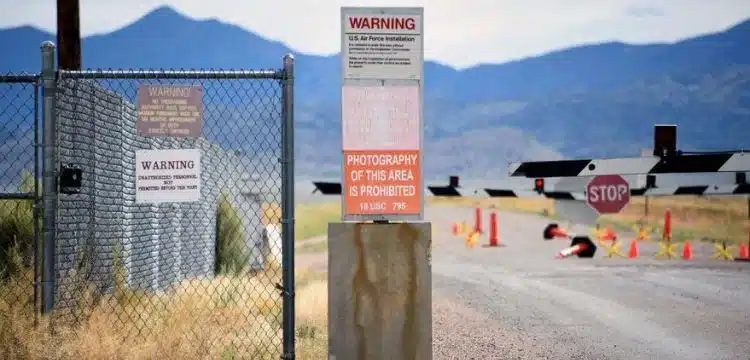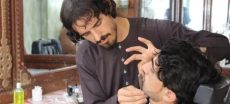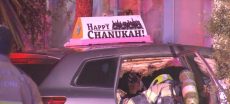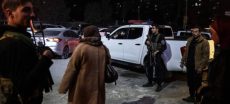[vc_row][vc_column][vc_column_text dp_text_size=”size-4″]Area 51’s legend draws travelers from all over the world every year. People flock to the air base near Rachel, Nevada, hoping to catch a glimpse of extraterrestrial spaceships.
For years, the legend of Area 51 has been debunked, although some of its history is based on genuine events. Here is everything you need to know about Area 51.
Where is Area 51?
An unmarked dirt road sits about 120 miles northwest of Las Vegas, between mile markers 29 and 30 on Nevada’s “Extraterrestrial Highway” (State Highway 375). Despite the fact that no structures can be seen from the asphalt, the track goes to Groom Lake or Homey Airport, as it is known on civilian aviation charts.
This road leads to a military base known by a variety of unofficial names, including Paradise Ranch, Watertown, Dreamland Resort, Red Square, The Box, and The Ranch; Nevada Test and Training Range; Detachment 3, Air Force Flight Test Centre (Det. 3, AFFTC); and Area 51.

Prior to the World War II, the area around Groom Lake was used for silver and lead mining. When the conflict broke out, the military gained control of the distant location and began conducting research, primarily nuclear and weapons testing.
Why create a secret base in the desert?
During the Cold War, when the CIA began constructing spy surveillance planes, then-CIA Director Richard Bissell, Jr. realised a private facility was required to build and test prototypes.

In 1955, he and Lockheed aircraft designer Kelly Johnson chose Groom Lake as their base of operations. The Atomic Energy Commission added the base to the Nevada Test Site’s existing map and labelled it Area 51.
Engineers created the U-2 jet in eight months, which could fly at an altitude of 70,000 feet—much higher than any other aircraft at the time. This enabled pilots to fly far higher than Soviet radar, missiles, and hostile aircraft.
After a U-2 was shot down by a Soviet anti-air missile in 1960, the CIA began constructing the A-12, a titanium-bodied spy plane, at Area 51. The A-12, which is nearly invisible to radar, could fly across the continental United States in 70 minutes at 2,200 miles per hour. The plane also had cameras that could capture objects as little as one foot long on the ground from an altitude of 90,000 feet.
Aliens and UFOs enter Area 51 legend.
Area 51 became synonymous with aliens after a man claiming to have worked there, Robert Lazar, gave an interview to a Las Vegas news station in 1989. Lazar stated that Area 51 stored and examined alien spaceships, with his duty being to replicate the technology for military purposes.
Lazar’s credentials, however, were quickly debunked: according to school records, Lazar never attended the Massachusetts Institute of Technology or the California Institute of Technology, as he claimed. Engineers at Area 51 were studying and recreating advanced aircraft at the time—just aircraft taken from other countries, not from outer space.
Nonetheless, with all of Area 51’s high-tech flights—including more than 2,850 A-12 takeoffs—reports of unidentified flying objects increased.

“The aircraft’s titanium body, moving as fast as a bullet, would reflect the sun’s rays in a way that could make anyone think, UFO,” insiders told journalist Annie Jacobsen for her Area 51 book in 2011.
Is there any truth out there?
When the CIA declassified materials about the creation of the U-2 and A-12, the government formally recognised the existence of Area 51 for the first time in 2013. Locals had suspected something strange was going on in the desert, but details were few and difficult to confirm.
Area 51 is still an active base, but its role since the 1970s remains a closely guarded secret. It will be at least a few decades before current work is declassified and made public.

A green inflatable alien sits in the backseat of a convertible car driven by two people.
The location remains a foundation of U.S. alien mythology. A famous podcast interview with Lazar in 2019 sparked the “Storm Area 51” event, in which over 6,000 people gathered in the desert to hunt for proof of aliens. (It eventually evolved into a festival honouring all things alien.)[/vc_column_text][/vc_column][/vc_row]











